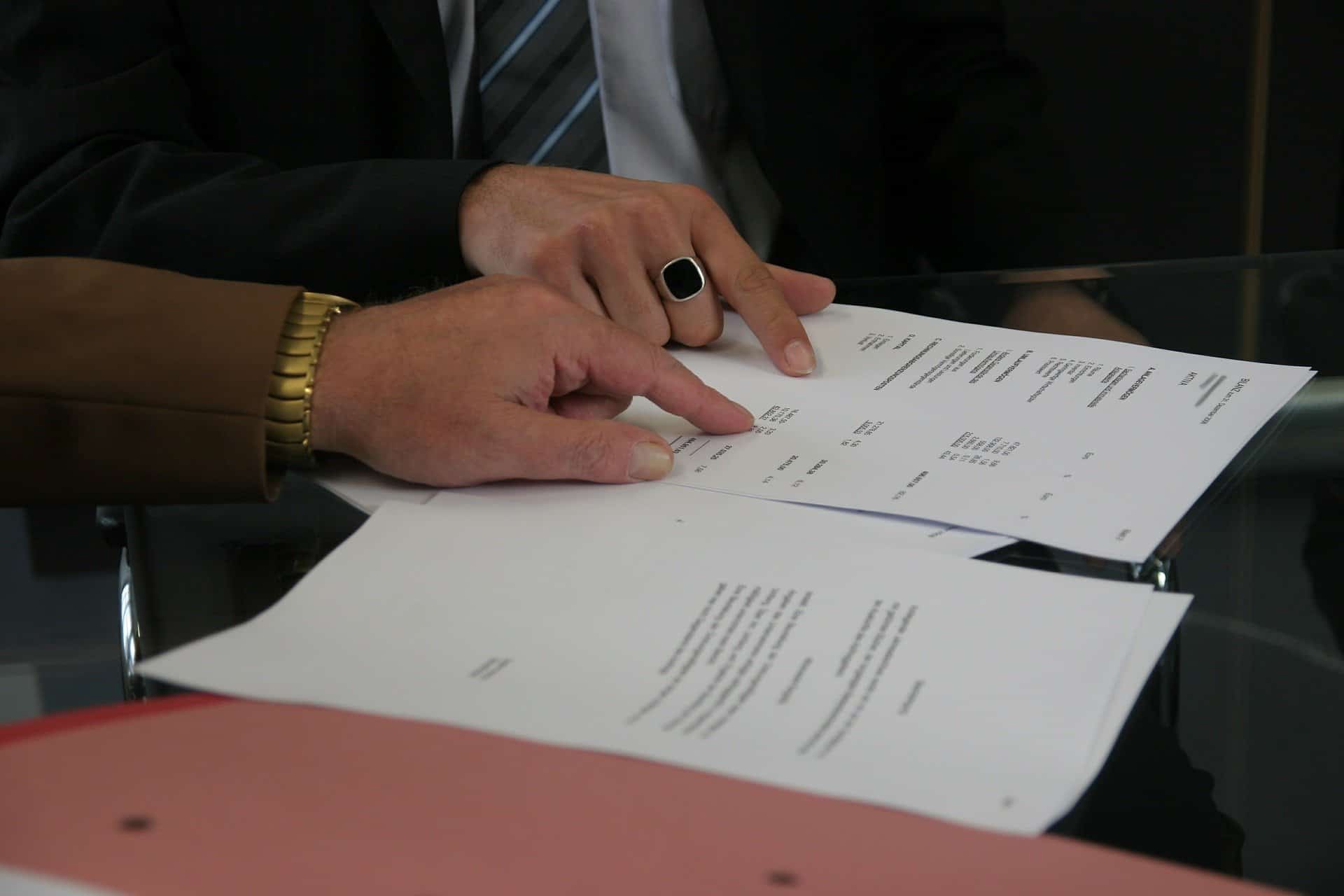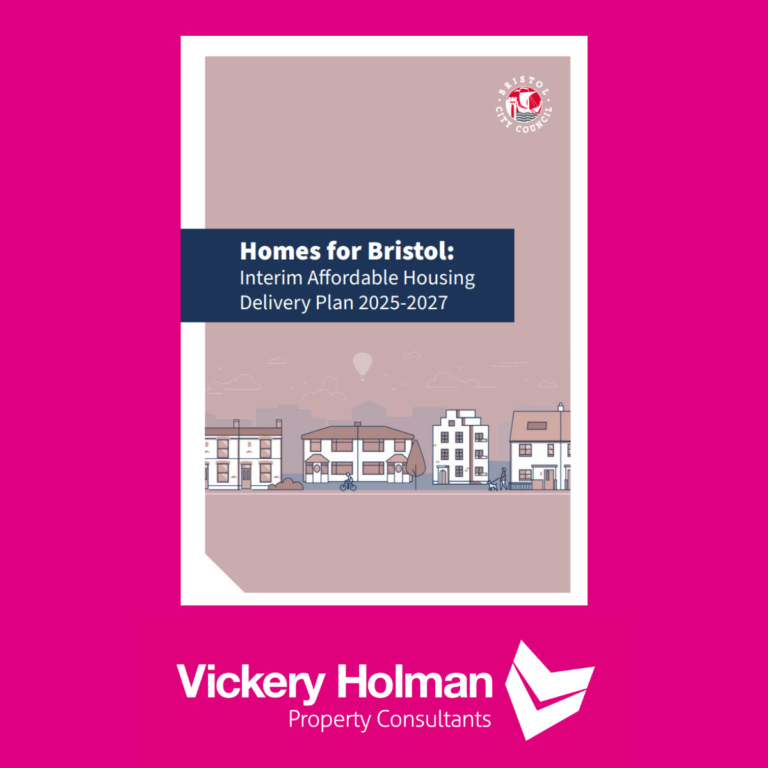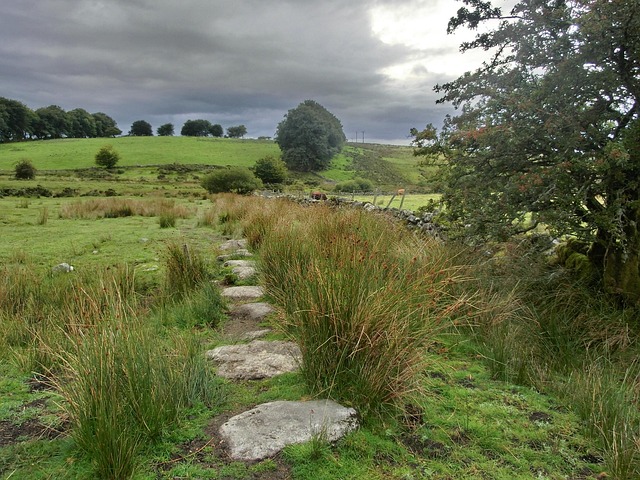As busy commercial property surveyors, we see a lot of leases. Once thing that has struck me in recent years is a general move to shorter lease lengths. At the moment we are dealing with several renewals of 15-20 year leases. The first point up for negotiation, sometimes even before the issue of rent, is the lease length. This is especially true for retail leases, which traditionally have been up to 20 years duration, often with no tenant break options.
Tenants demand greater flexibility and want to be able to leave a property should they need to downsize or change location. Whilst they have always had options in a longer lease, such as subletting or assigning their lease, they vastly prefer to be able to cut ties entirely and leaving at the end of a lease is the simplest way of doing this.
For landlords and investors, this is not a particularly welcome trend. A longer term certain is attractive as there will be a secure income from the property. However, there are some positives for landlords, despite being faced with only 3 or 5 years term certain. It allows the landlord to revisit the market rent for a property on a more regular basis, in the absence of rent reviews. In buoyant markets, such as industrial units and grade A offices, this will still provide an opportunity for rental growth.
For less well performing markets, such as secondary retail, options are limited for landlords and it is a case of agreeing a shorter term to attract a good tenant, who may well decide they want to stay beyond the initial period.
It has been accepted by landlords, tenants and property professionals that, generally, the shorter your lease the more rent you pay to account for the added flexibility. However, now we are seeing shorter and shorter leases as standard, this concept may not be the norm for too much longer.
To talk to us about Landlord and Tenant issues, please click here.





